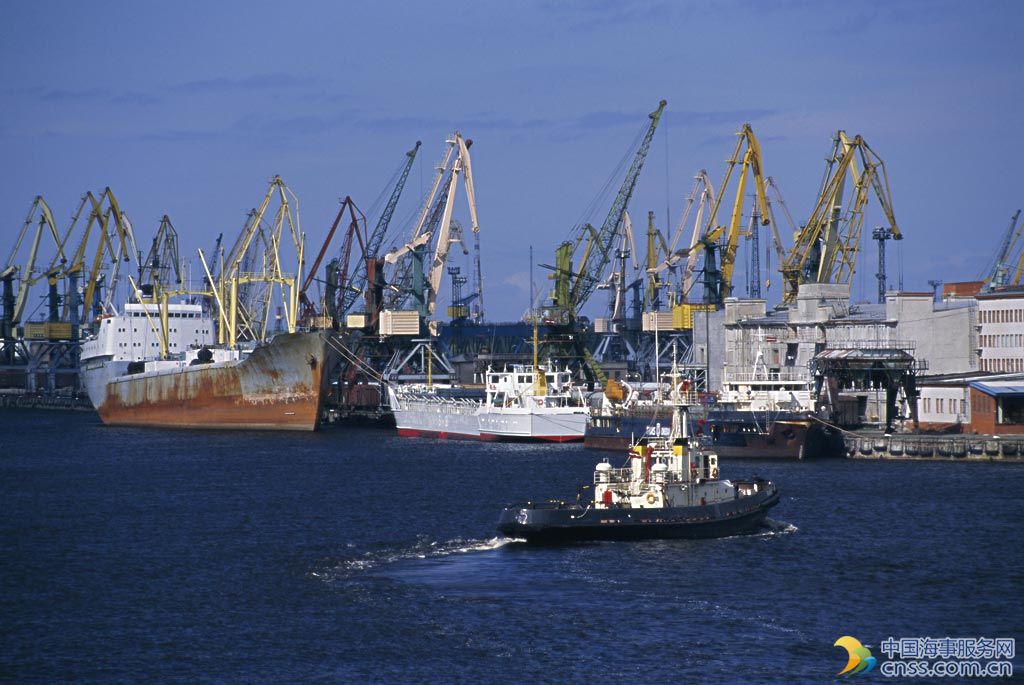OPEC Monthly Oil Market Report

The OPEC Monthly Oil Market Report covers major issues affecting the world oil market and provides an outlook for crude oil market developments for the coming year. The report provides a detailed analysis of key developments impacting oil market trends in world oil demand, supply as well as the oil market balance.
Oil market highlights
Crude Oil Price Movements
The OPEC Reference Basket averaged $42.68/b in July, representing the first decline in five months. Lower-than-expected demand, high refined product stocks, and rising crude supply were the factors behind the $3.16 drop. ICE Brent ended down $3.39 at $46.53/b, while Nymex WTI fell $4.05 to $44.80/b. Speculators cut long positions further this month in all markets. The ICE Brent-WTI spread widened to $1.75/b in Brent’s favour during July.
World Economy
World economic growth remains unchanged at 3.0% for 2016 and 3.1% for 2017. Weak first half GDP growth in the US caused a downward revision in the 2016 growth forecast to 1.7%, while the 2017 forecast remains at 2.1%. The recently announced fiscal stimulus in Japan led to an upward revision in growth to 0.9% for both 2016 and 2017. The Euro-zone’s forecast remains unchanged at 1.5% and 1.2%. Forecasts for China and India are also unchanged at 6.5% and 7.5% for 2016 and 6.1% and 7.2% for 2017. Both Brazil and Russia are forecast to rebound from two-year recessions in 2017 with growth of 0.4% and 0.7% respectively, after declines of 3.4% and 0.8% in 2016.
World Oil Demand
World oil demand growth in 2016 is expected to average 1.22 mb/d, some 30 tb/d higher than last month. For 2017, world oil demand is forecast to grow by 1.15 mb/d, unchanged from the previous report. While the OECD will contribute positively to oil demand growth adding some 0.10 mb/d, the bulk of the growth in 2017 will originate from the non-OECD with 1.05 mb/d.
World Oil Supply
Non-OPEC oil supply is expected to contract by 0.79 mb/d in 2016, following an upward revision of 90 tb/d since the previous report, driven by higher-than-expected output in 2Q16 in the US and UK. In 2017, non-OPEC supply is expected to decline by 0.15 mb/d, following a downward revision of 40 tb/d. OPEC NGL production is forecast to grow by 0.16 mb/d and 0.15 mb/d in 2016 and 2017, respectively. In July, OPEC production increased by 46 tb/d to average 33.11 mb/d, according to secondary sources.
Product Markets and Refining Operations
Product markets in the Atlantic Basin weakened during July, despite gasoline demand hitting record levels in the US during the peak of the driving season. The bearish sentiment was fueled by high gasoline inventories and slowing demand for middle distillates. This offset the vibrant recovery seen at the bottom of the barrel, which was supported by a tightening market and caused refinery margins to fall. In Asia, margins continued to decline due to oversupply at the top and middle of the barrel.
Tanker Market
Sentiment in the dirty tanker market was weak in July, mainly on the back of a high surplus of vessels in different areas. Dirty spot freight rates dropped 19% on average in July, m-o-m. Clean tanker freight rates declined on both sides of Suez as the demand for clean tonnage remained thin and market activity was limited. Global spot fixtures increased in July, and OPEC and Middle East sailings were higher than in the previous month.
Stock Movements
OECD total commercial stocks fell in June to stand at 3,045 mb, some 311 mb above the latest five-year average. Crude and product inventories showed a surplus of 175 mb and 136 mb, respectively. In terms of days of forward cover, OECD commercial stocks in June stood at 64.9 mb, around 6 days above the latest five-year average.
Balance of Supply and Demand
Demand for OPEC crude in 2016 is estimated at 31.9 mb/d, unchanged from last report and 1.9 mb/d higher than in the previous year. In 2017, demand for OPEC crude is forecast at 33.0 mb/d, in line with the previous report and 1.2 mb/d higher than in 2016.
HEADLINES
- Do shipping markets want Biden or Trump for the win?
- All 18 crew safe after fire on Japanese-owned tanker off Singapore
- Singapore launching $44m co-investment initiative for maritime tech start-ups
- Cosco debuts Global Shipping Industry Chain Cooperation Initiative
- US warns of more shipping sanctions
- China continues seaport consolidation as Dalian offer goes unconditional